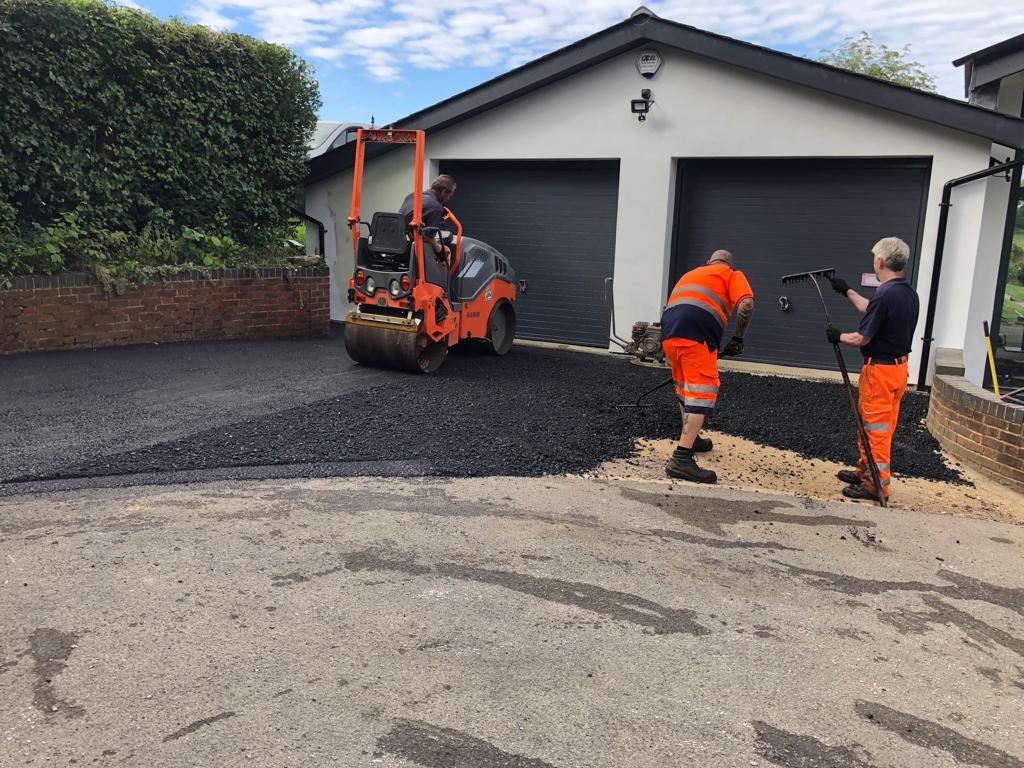Potholes are one of the most frustrating issues for road users and a frequent concern in road maintenance. But not all road surfaces respond the same way under stress. Understanding whether potholes are more common in bitumen or asphalt roads helps asset owners make better long-term decisions. At Barossa Road Valley Tech SA in Barossa Road Valley, SA, we explore the real differences in pothole formation between these two popular surfacing types.
Understanding Bitumen and Asphalt: Key Differences
Although often used interchangeably in casual conversation, bitumen and asphalt are not the same.
- Bitumen is the sticky, black binder made from crude oil. It’s used as a sealant or adhesive and as a key ingredient in spray and seal surfaces.
- Asphalt is a finished mix that includes bitumen and aggregates (like sand and gravel) to create a strong, load-bearing surface.
The way these two are applied plays a role in their performance and longevity.
Spray & Seal Bitumen Roads
These are constructed by spraying a layer of hot bitumen onto a prepared surface, followed by the application of aggregate. It’s a common method for rural and regional roads due to its cost-effectiveness.
Asphalt Roads
Asphalt is premixed and laid using paving machines, typically followed by compaction. It provides a smoother, more uniform finish and is commonly used in urban areas, highways, and high-traffic zones.
What Causes Potholes?
Potholes form when water seeps into cracks, freezes or expands, and breaks apart the surface. Vehicles further worsen the damage by displacing the weakened material.
Common contributing factors include:
- Surface wear and oxidation
- Poor drainage or water pooling
- Heavy traffic loads
- Thermal expansion and contraction
- Weak or unmaintained subgrade
The susceptibility to pothole formation depends on how the surface deals with these factors over time.
Pothole Frequency in Bitumen Roads
Spray and seal bitumen roads are generally more prone to pothole development over time, particularly in high-traffic areas. This is due to:
- Thinner construction layers
- Less structural depth compared to asphalt
- Loose aggregate that can dislodge under stress
- Greater vulnerability to surface cracking
If not properly maintained, small cracks in spray seal bitumen can quickly widen and allow moisture to penetrate the base layer, leading to potholes.
Pothole Frequency in Asphalt Roads
Asphalt roads tend to resist pothole formation better due to their thicker and more cohesive construction. However, potholes can still form if:
- The base was poorly prepared
- Cracks are not sealed promptly
- There is significant ageing or oxidation
- Drainage is inadequate
Asphalt generally offers longer-term performance, but once damaged, potholes can form rapidly without intervention.
Environmental and Usage Considerations
The climate in Barossa Road Valley, SA, plays a role in surface wear. Hot summers can cause bitumen to soften, and cold winters can introduce thermal cracks. Additionally:
- Rural roads with less traffic and lighter loads often use bitumen and require more frequent maintenance
- Urban roads with continuous heavy traffic benefit from asphalt’s resilience
So while spray seal bitumen roads may be more susceptible to potholes, their suitability often comes down to how and where they’re used.
Minimising Potholes Through Preventative Maintenance
Regardless of surface type, the key to reducing pothole formation is early intervention and proper care. This includes:
- Routine inspections for cracks or water damage
- Timely sealing of minor cracks
- Ensuring proper drainage design
- Scheduling resurfacing before failure occurs
- Choosing the right surface for the location’s use and load demand
At Barossa Road Valley Tech SA in Barossa Road Valley, SA, we assist property owners, councils, and site managers in identifying the most effective surface and maintenance plan to prevent potholes from forming in the first place.
Conclusion
Potholes are more commonly seen in spray seal bitumen roads than in asphalt surfaces, especially when exposed to heavy loads or lacking consistent maintenance. However, both surface types can serve well when installed and cared for properly. Choosing the right material for the intended application, combined with proactive maintenance, is what truly determines surface longevity. If you’re looking to build or maintain a road, driveway, or hardstand in Barossa Road Valley, SA, speak to Barossa Road Valley Tech SA for tailored, professional guidance that delivers lasting results.
Call us on: 08 5122 4216
Click here to find out more about Barossa Road Valley SA
Click here to complete our contact form and see how we can help with your roofing needs.

